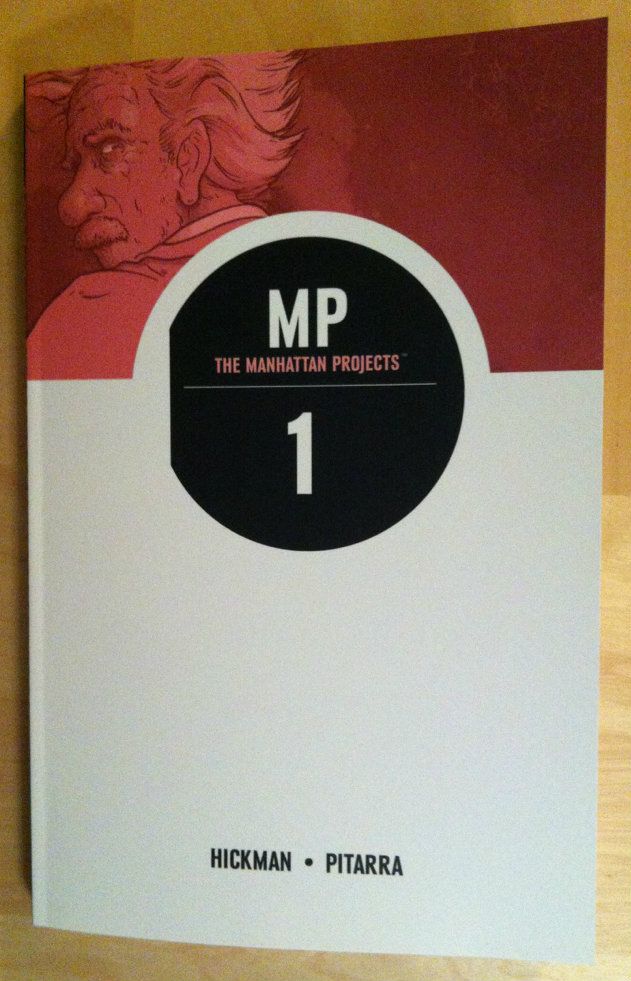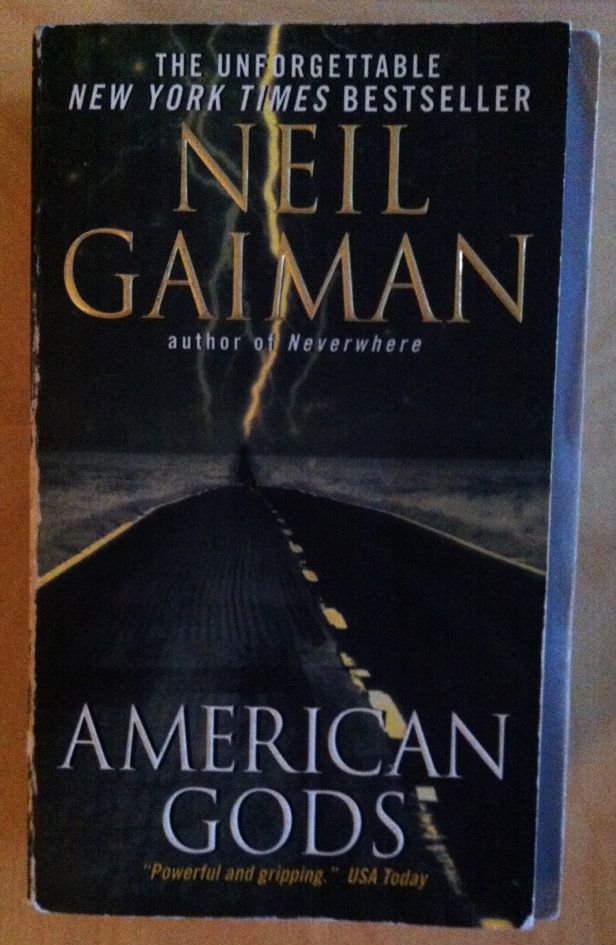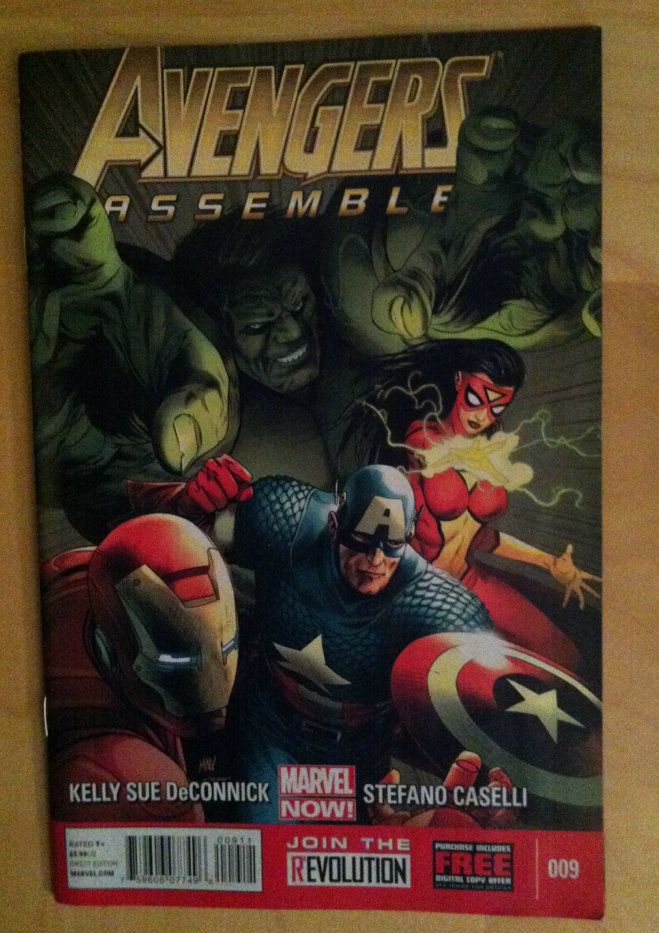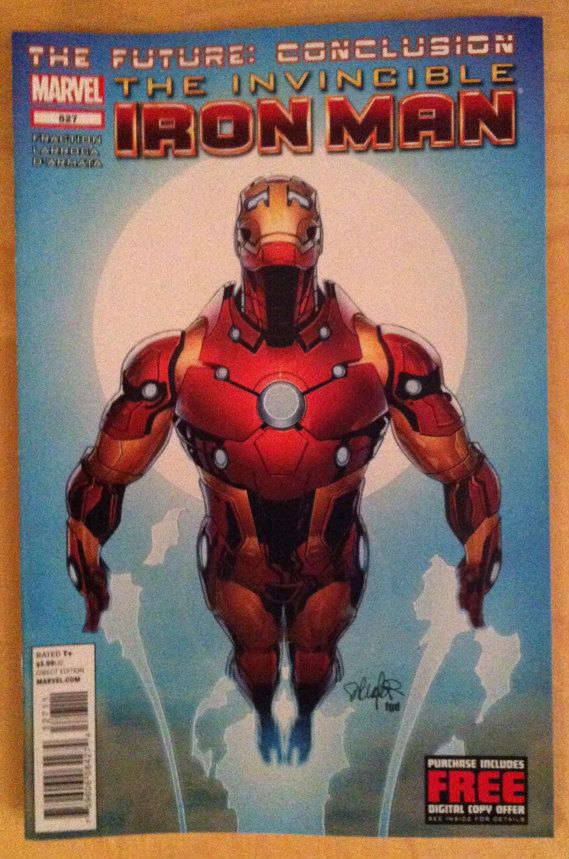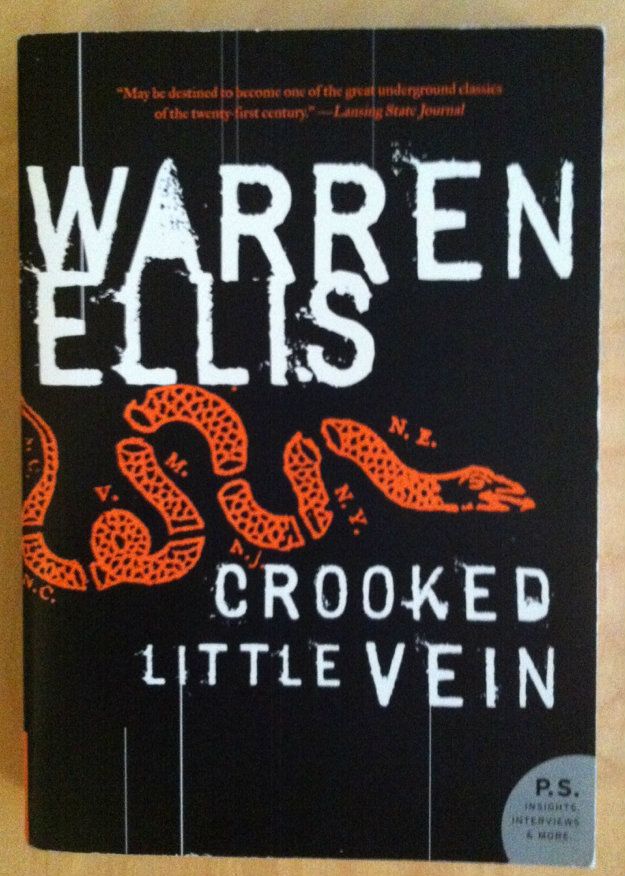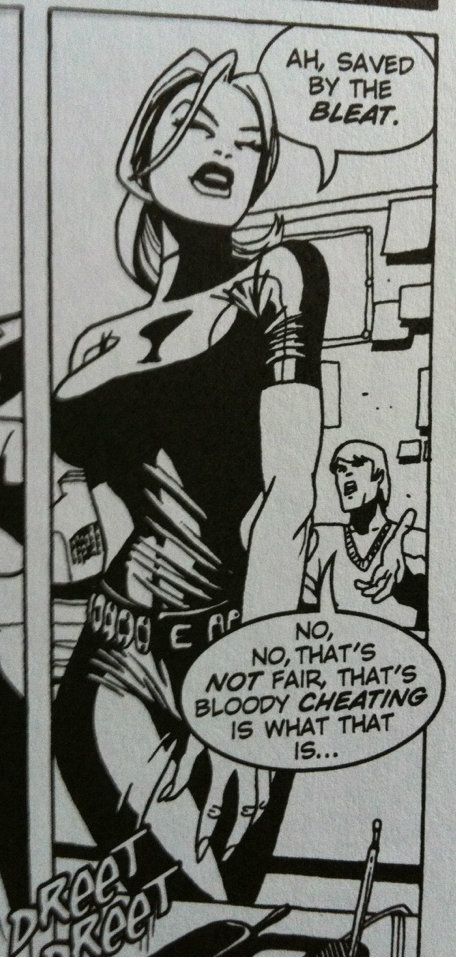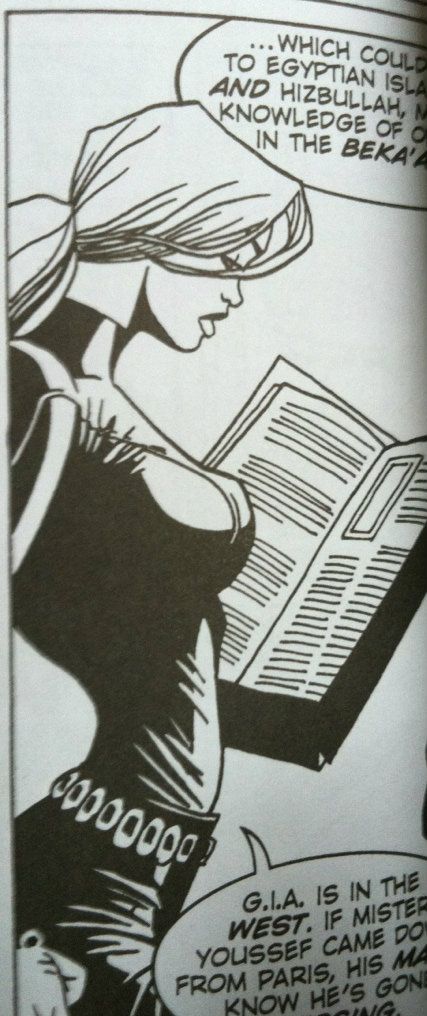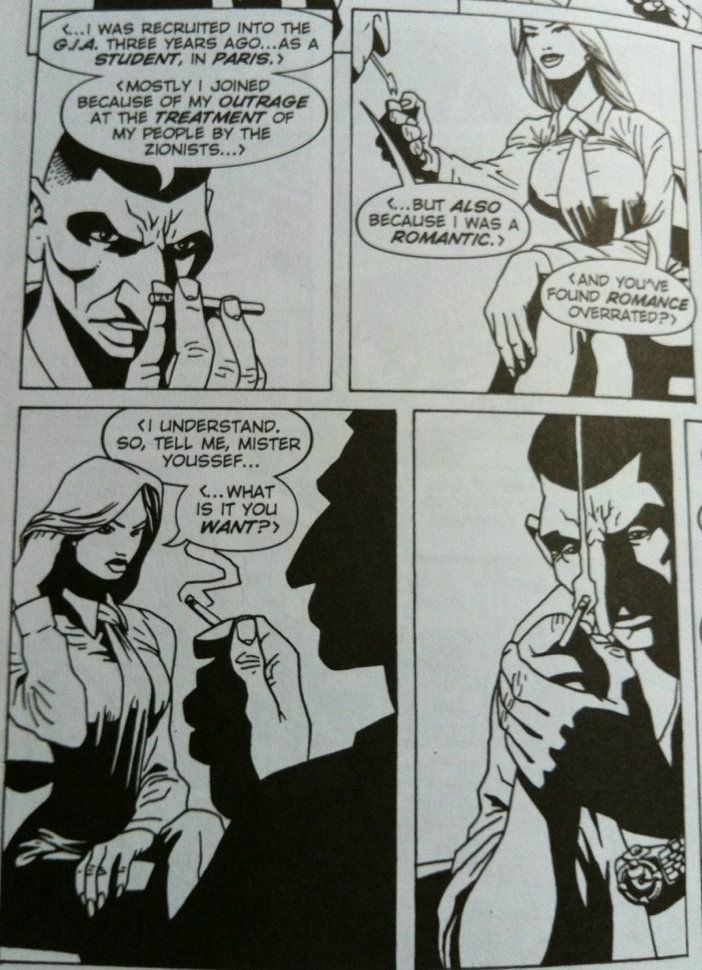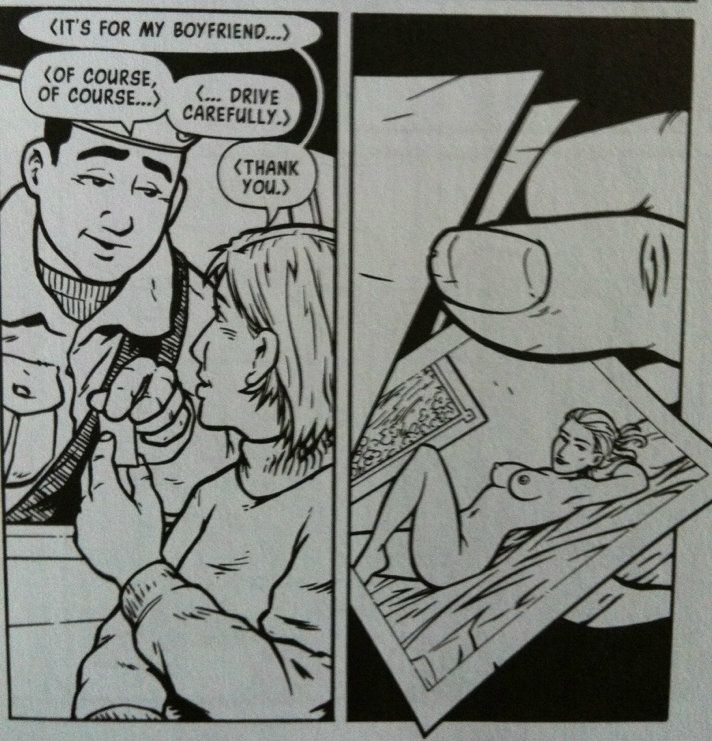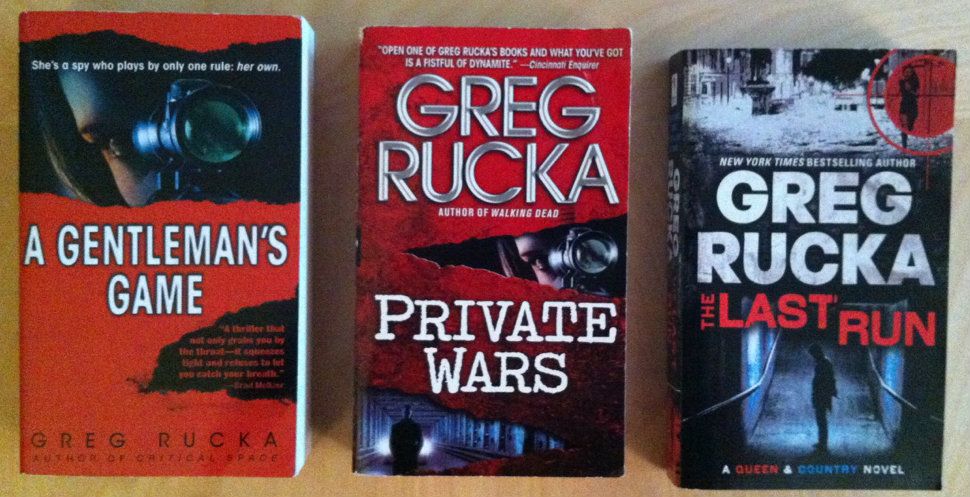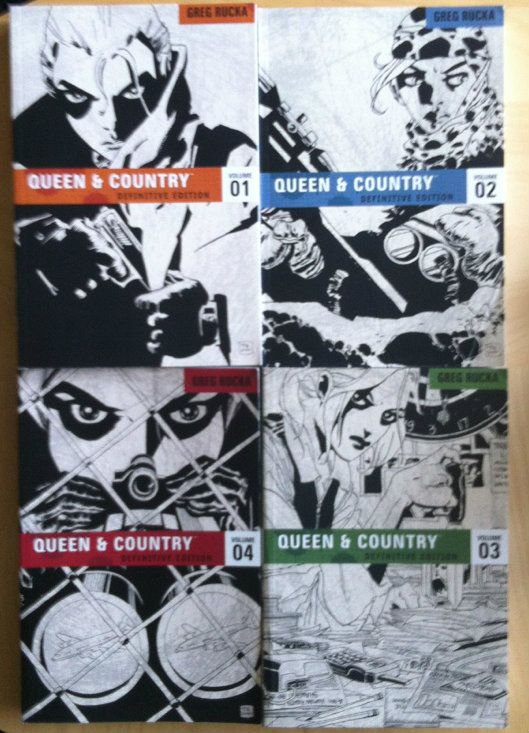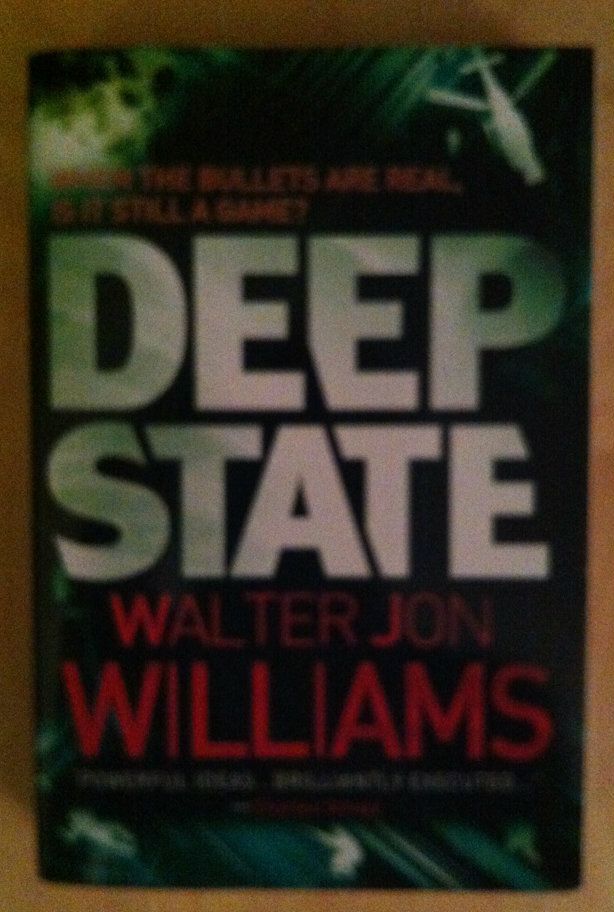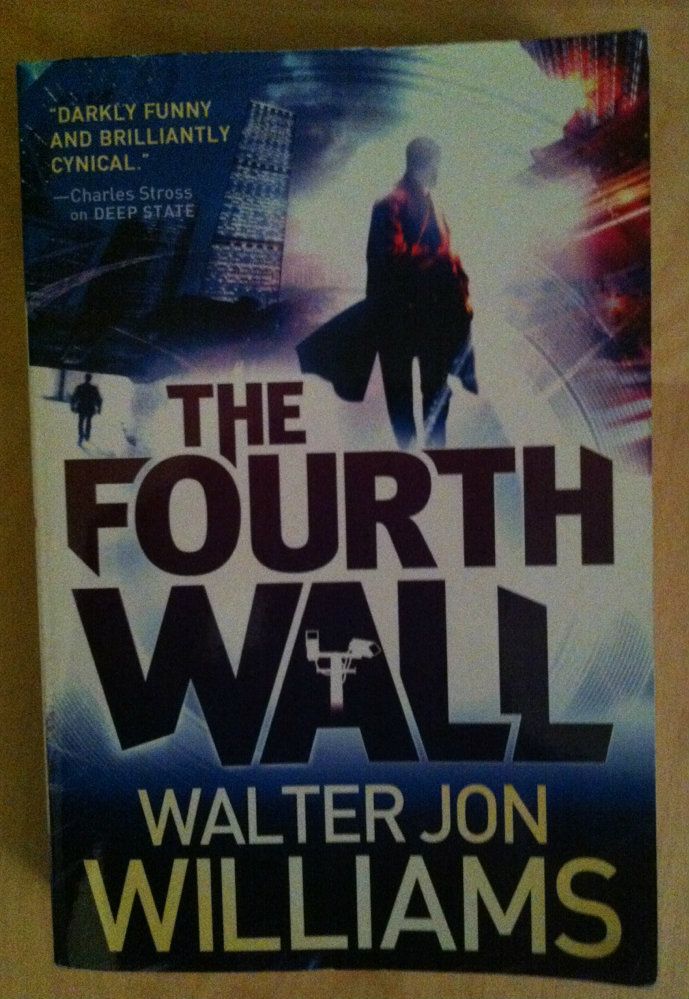"Do you prefer to read collections or do you want to dive right into the culture and try singles? (No judgement — however you want to read is great. I think there’s something really fun about the weekly countdown to Wednesday, but it’s also not as convenient as picking up a collection — which we call “trades” or “tpbs.” The latter stands for Trade Paperbacks.)
Is X-Men your thing? If so, that sounds like a good place to start, though I’ll be honest and confess I haven’t read those books so I can’t really make a personal recommendation.
You know there happens to have been a brand new X-Men #1 out last week? You really couldn’t have picked a better time to get started.
I’m posting this as a screen cap to make it rebloggable so that others can offer their suggestions too.
I will also be SUPER biased and throw out there that AVENGERS ASSEMBLE #9 and CAPTAIN MARVEL #7 both came out in the last week and are good jumping on points.
What say you, folks?"
This quote by Kelly Sue DeConnick (or at least from her Tumblr... accreditation is hard with that service, eh?) got me thinking about the relationship between comics singles and collected editions.
I've come to the conclusion that the two are fundamentally different experiences.
For some context, I've recently changed my reading practices from that of the consummate Weekly Warrior, buying largely single comics and the occasional trade, to a Tradewaiter who buys a limited number for singles and mostly collected format books. Which, I guess makes me a hybrid comic buyer. As a result, I've had a bit of experience on how different these two kinds of comics consumption habits are.
The first (and I would argue fundamental) difference between the two is temporality.
Single comics are temporal. They are happening NOW: made fairly recently by the creative team, are part of an ongoing work stream, and brought to market on a universal release date. And then a few weeks later the next new issue drops with the next episodic story allotment for everyone to enjoy all at once. And then the next. Each current issue becoming THE issue for a brief glorious moment. And, since these comics are being released as future issues are being made, they can effectively influence the creative teams descisions about future issues. I guess what I'm trying to say is that single issues are kind of living things that can be influenced be events because they are subject to time.
Trade paperbacks, in contrast, are atemporal. These are completed stories (or portions of stories) that are preserved and reformatted. In some ways these completed stories have become like Jurassic Park mosquitos: fixed in amber and able to convey their magical dinosaur DNA of story, art, and imagination regardless of when you discover them. While they certainly show the period of their manufacture, the story itself is timeless. Shakespeare's Hamlet is still true today, and so is George Orwell's 1984, and so is Alan Moore's The Watchmen or Brian K Vaughan's Y the Last Man. As long as a trade is in print, the story is as it has always been.
The second key difference is, as alluded to in the quote, that of communal versus personal enjoyment. Single comics are a group experience. I go and buy the newest issue of Hawkeye on the same day everyone else goes and buys the newest issue of Hawkeye,and then we all read Hawkeye at about the same time, and then we discuss (gush) about Hawkeye with each other on the Internet. Some fans even respond by making things (which is awesome). Creators make themselves accessible and interact with fans and in some cases foster online communities around their creations where we can all geek out together. I can't think of an experience quite like it: I can't think of any other episodic fiction with quite the insular and vocal fan base. This communal enjoyment is definitely part of what makes comics so special.
Graphic novels, due to their atemporal nature, are much more individual repasts. I think they provide a better reading experience: I'm currently reading all of DMZ (Brian Wood, Ricardo Burchielli, et al.; 2005-2012) and the Locas omnibuses of Love and Rockets (Jaime Hernandez; 1981-2010) and the ability to get large or complete stories and see how they evolve and fit together (without relying on memory) is pretty great. While I am sure other people are also currently reading both these great collections, it's a much smaller subset of the comics community than is reading a new issue of Hawkeye or Batman. Furthermore, while there are older threads and essays, there are fewer people discussing these works in the present compared to things currently being made. Thus ones enjoyment of collected comics lacks that certain community element that buying Wednesday comics has.
Actually in some ways trade waiting on currently being made comics is almost an antisocial enterprise. Take Brian K Vaughan and Fiona StapleSs saga: it came out for nearly a year before I got to read the first trade. A year that I spent actively avoiding every interview, fan reaction, and communal enjoyment of the book for fear of spoilers. So I guess in some ways reading collections isn't just an inherently solitary procedure, but is also an act of taking oneself out of the community.
Personally, I enjoy both formats immensely and I think they each have their place in an ideal comic reading habit. For instance, with my hybrid reading style, I get to enjoy the on-going nature of my mainstream superhero comics and the broader comics community surrounding them while simultaneously getting that richer, more complete reading experience present in trade paperbacks. And really, at the end of the day, I feel this gives me the best of both worlds.
